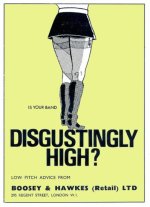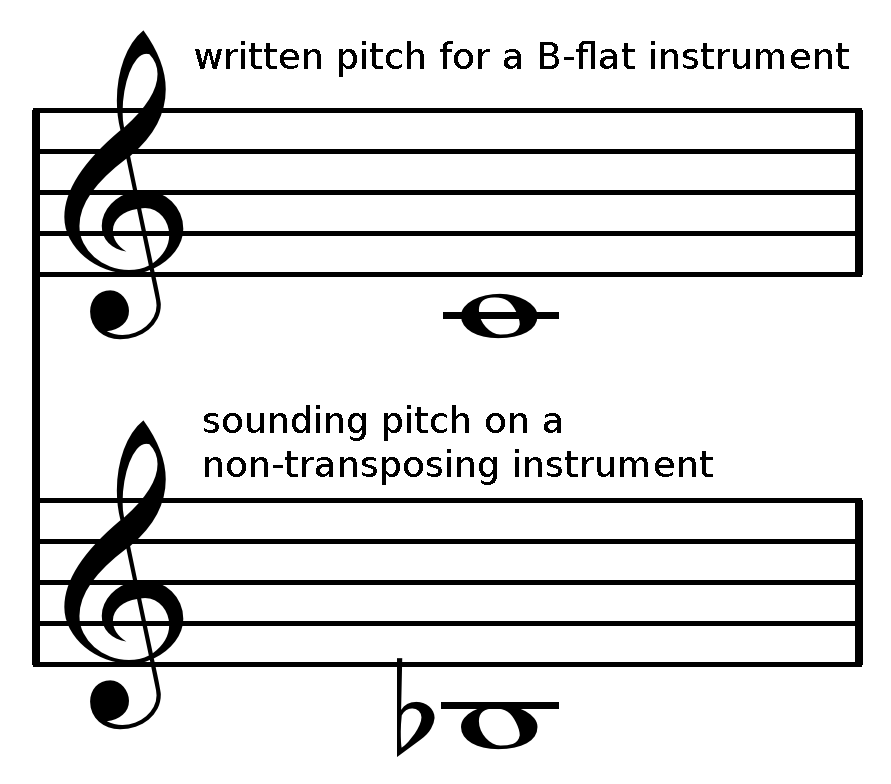Well, 2-4hz ain't going to make any difference to volume. Guitar maker speaking here. Anyone asking their musicians to use a non-standard pitch to achieve more volume is, frankly speaking,
delusional. Don't let them near an orchestra.
There is zero impact on volume or timbre between 440 and 442. One is in tune and adheres to the international standard, the other one is not in tune. Simples.
Tuning a semitone up may become noticeably louder, but not by much. Plus, most instruments being played in an orchestra will be of sufficient quality to sound as well as they can at standard pitch. The vicious circle of factories overbuilding instruments to avoid warranty claims, leading to higher tension strings being installed, leading to even more warranty claims and more overbuilt instruments is only really applicable to cheap factory jobbies.
Accordions not being tuned to A=440 is extremely annoying in my view, and
I really don't know why manufacturers do this. Our ear can pick up tuning errors in excess of 4cents. An A=444
accordion is simply out of tune. There's no excuse. It's out of tune.
If you bought a guitar where the fretwork was +-4cents off, you'd return it to the maker and write a stiff review, telling everyone not to buy this faulty product. How the accordion industry gets away with this is beyond me.
Same seems to go for tuned percussion - marimbas, vibraphones, etc. A=44whatever.
There are a lot of standards, but these days there is this thing called "standard pitch" with A=440. It's called "standard" for a reason!!! And it's been around for decades (a century in the US of A). I
understand HIP musicians tuning to A=415 "baroque" tuning in an attempt to adjust their sound to what's generally believed to be slightly more historically correct.
But tweaking A=440 to some micky-the-mouse 441, 442, 443, 444 is just out of tune.
Anyway, I've let my frustration out and I'm going back to re-tuning my 441 reeds to 440.

 .
.

